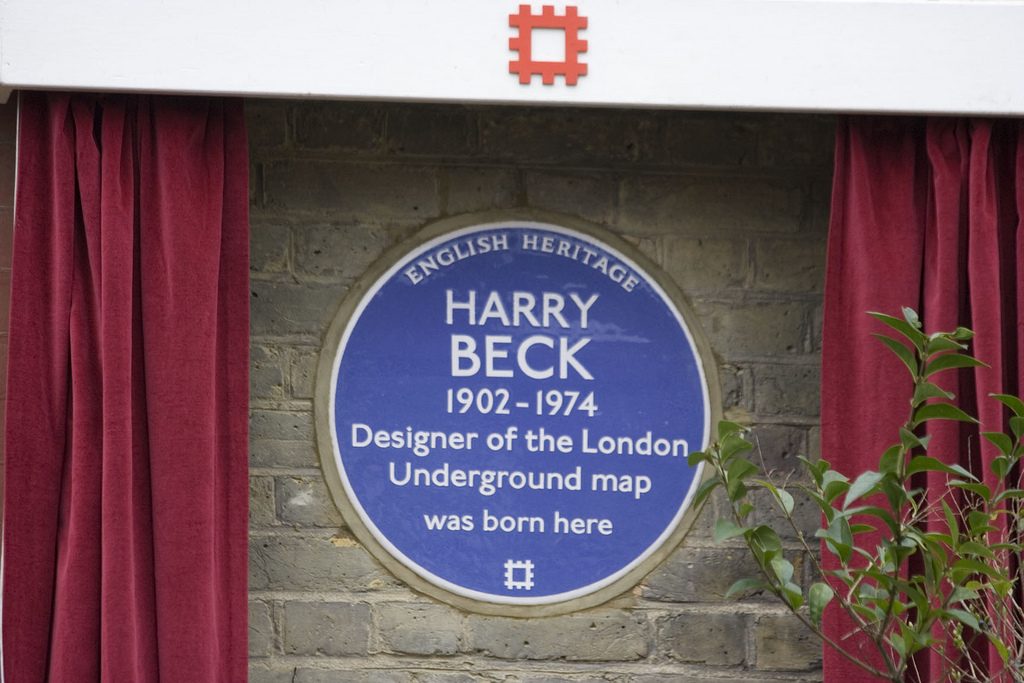For nearly 160 years, notable people have been recognised in London by a plaque on a building they were associated with, and now it’s going nationwide.
The Blue Plaques that are installed in London today are managed by English Heritage, but now they are to work with Historic England on a national scheme to expand Blue Plaques across the country.
There are local schemes in operation already in many towns and cities, but they are often piecemeal and tend to be run by local history groups or lottery-funded heritage grants. The Blue Plaque project should be able to create a single “brand” appearance for the heritage markers.
Historic England says that it will work together with English Heritage, local partners, and current plaque schemes as the national programme is developed and rolled out. The London scheme will continue to be run by English Heritage.
In London, for a person to be considered, they have to have been dead for 20 years or have passed the centenary of their birth, to help avoid the awkwardness of putting up a plaque to someone who turns out to be less worthy after post-mortem revelations crop up.
Most of the plaque locations are submitted by the public, then whittled down by English Heritage researchers, before then approaching the building owner to see if they are interested in having the plaque added to their property.
The plaques are hand-made in Cornwall by Sue and Frank Ashworth, who can expect to be rather busier in their retirement than expected. Having held one, they’re also surprisingly heavy, and as hanging it on the wall wouldn’t suffice, the wall has a circle cut into the stone/brick and the plaque is embedded into it.
For the London scheme to be expanded, it required an amendment to the Levelling Up and Regeneration Bill to expand the discretionary power of Historic England to run the scheme across England while English Heritage will continue to deliver the London Scheme under the current licence.
Recent evidence also shows that when more people are aware of their local history it can help boost their connection and pride in their area, as well as encourage growth in local economies, a key priority for the government, through new visitors coming to explore and learn about the heritage of destinations.
Since the London blue plaque scheme was established over 150 years ago various organisations have helped maintain the scheme Royal Society of Arts (1866–1901), the London County Council (1901–65), the Greater London Council (1965–86), and English Heritage (1986– present).








This has been attempted before.
EH (in its then incarnation before it was partially privatised) took over the Blue Plaque scheme on the abolition of the GLC. EH extended the scheme nationally, and there are a limited number of EH blue plaques outside London before they decided to restrict the scheme back to London.
The reason blue was chosen originally, it is the colour that stands out best against the wide variety of building materials to which the plaques might be attached.
Does everything have to be do e centrally? How about allowing a bot of devolution to survive?
Hi,
I am sorry to say that your report is inaccurate, Sue and Frank Ashworth will not be making the plaques, after making over amazingly beautiful plaques for 400 for English heritage they have finally hung up their slip trailer!
In My home town [March] I have always thought that there are two people deserved a plaque. Stewart Adams, St. John’s Road [Iprobufen patent] and Benjamin Gimbert GC, Estover Road [Railway Driver] whose devotion to duty prevented the destruction of the town of Soham. Who is compiling a list of worthy cases?
The headline appears to be incorrect. It refers to the scheme being UK-wide, but the body of the article refers only to English Heritage and Historic England. England is not the whole UK, and there is no mention of Historic Environment Scotland, CADW or the Northern Irish heritage authorities.